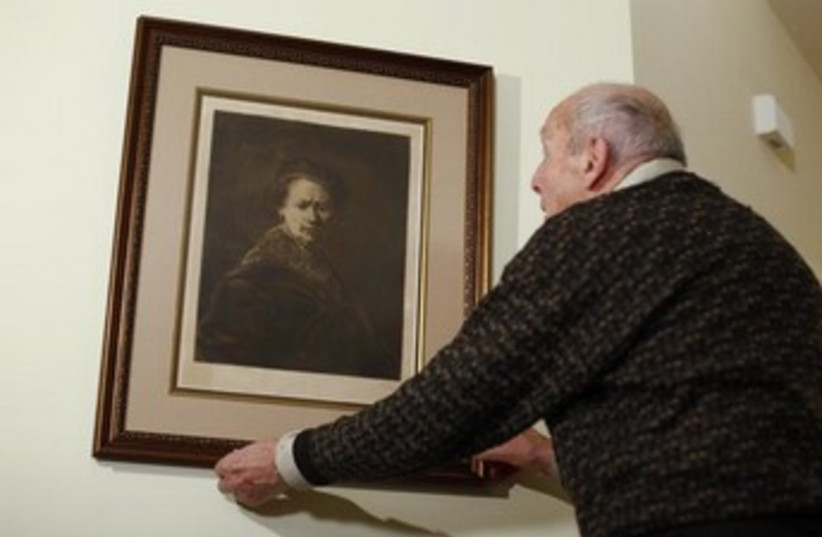A collection of prized Meissen porcelain owned by a German-Jewish couple before WWII is being auctioned off in New York, according to a report in The Guardian.
The collection includes pieces that trace back to Augustus the Strong (1670-1733), King of Poland and Elector of Saxony. Meissen porcelain, from the town of the same name near Dresden, is considered to be some of the most luxurious and expensive in the world.
The collection was assembled by by Hamburg lawyer Franz Oppenheimer and his wife Margarethe in the early 20th century.
“It’s certainly not just the wonderful porcelain pieces with a perfect provenance, which has drawn the interest of potential buyers,” Lucian Simmons, the worldwide head of Sotheby’s restitution department told The Guardian.
When the Nazis came to power in 1933, the Jewish Oppenheimer family was persecuted and forced to flee to Vienna, then to Budapest and then to New York.
What happened to their porcelain during this time is unclear, but it's possible they smuggled it from Berlin to the Netherlands with some of it falling into the care of another collector, Jewish-German banker Fritz Mannheimer.
The bank was closed down by the Nazis, sending Mannheimer into bankruptcy. His liquidated assets were seized by the SS - the Nazi paramilitary branch - who got hold of Oppenheimer's porcelain.
To protect Hitler's art holdings from allied bombings, the Oppenheimers' collection was moved to the cellars of a Bohemian monastery and then to salt mines in the Austrian Alps. The collection was recovered by a group nicknamed the "Monuments Men."

Simmons said, “Porcelain is a tough substance, but it is incredible that these intricate pieces remain in such perfect condition. They were, after all, repeatedly packed up and unpacked, placed in a monastery and a mine, then transported along Alpine roads in army trucks. They have been on a huge and extraordinary road trip.
“It gives us a window into the lives of these connoisseurs from turn-of-the-century Berlin,” he said. “The story is not just of a vase, a bowl or a clock, but embodies the sweep of 20th-century European history. These works are the legacy of this highly respectable elderly couple, who had their lives destroyed and have otherwise been forgotten.”
A public exhibition of the works will open at Sotheby's in New York on September 7, a week before the auction.
